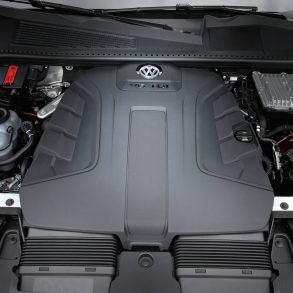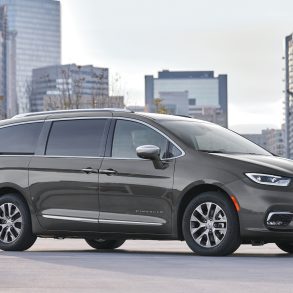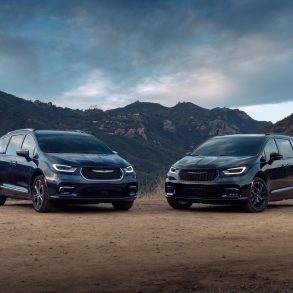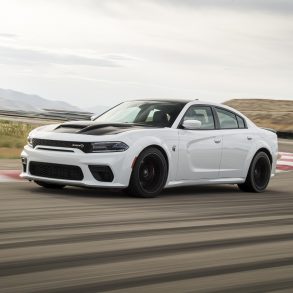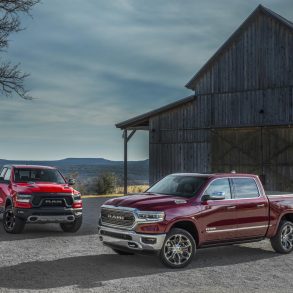 345 becomes 390. 375 switches to 407.
345 becomes 390. 375 switches to 407.
Can you guess what those figures are representing? It’s not miles per tank nor are the numbers applicable to the growing monthly payments you’ll face next time you buy a new car.
Nope. The first jump of 45 belongs in the horsepower column. Obviously, the second 32 bump is strictly torque.
For what? Dodge and Ford are both introducing new trucks soon. Despite stumbling (free-falling?) sales for trucks overall and most famously for Ford, Dodge and Chevrolet and GMC are all succumbing to consumer dread about fuel prices.
It’s not as though trucks are inexpensive vehicles these days. For too long marketed as vehicles just as well-equipped and comfortable as cars; and for too long snapped up like iPods on a 50% off sale, trucks rapidly became the profit source at domestic manufacturers. Now that buyers are heading elsewhere just as Dodge and Ford bring new trucks to dealers (Ford is delaying), what does Dodge do with its 5.7L Hemi engine found under the hood of the Ram?
Make it more powerful. 345 horsepower no more; the Hemi now pumps out 390 caballos. Always a torquey truck, the Hemi-powered Ram churns away to generate 407 lb-ft of twist for 2009. This all sounds great…. right? But… umm, doesn’t power come at some expense?
Indeed, Dodge has negated the foregone conclusion. Fuel economy is actually up – only slightly, though. What was 13mpg in the city and 19mpg on the highway will, by Chrysler’s estimate, be bumped up 4%. Thus, don’t expect anything greater than 14/20mpg.
However attractive the proposition of a 2-door, 2-wheel drive with a short bed and a Hemi may be, providing 0-60mph times under six seconds, consumers will be expecting to see more than 4% gains in fuel economy on vehicles they’re already not buying because of inefficient consumption.
Do science and engineering lend themselves to such simplified notions as this: that an already powerful truck could have been left as justifiably juicy while making greater gains in the fuel lines? Apparently Chrysler and Dodge don’t care to find out.


